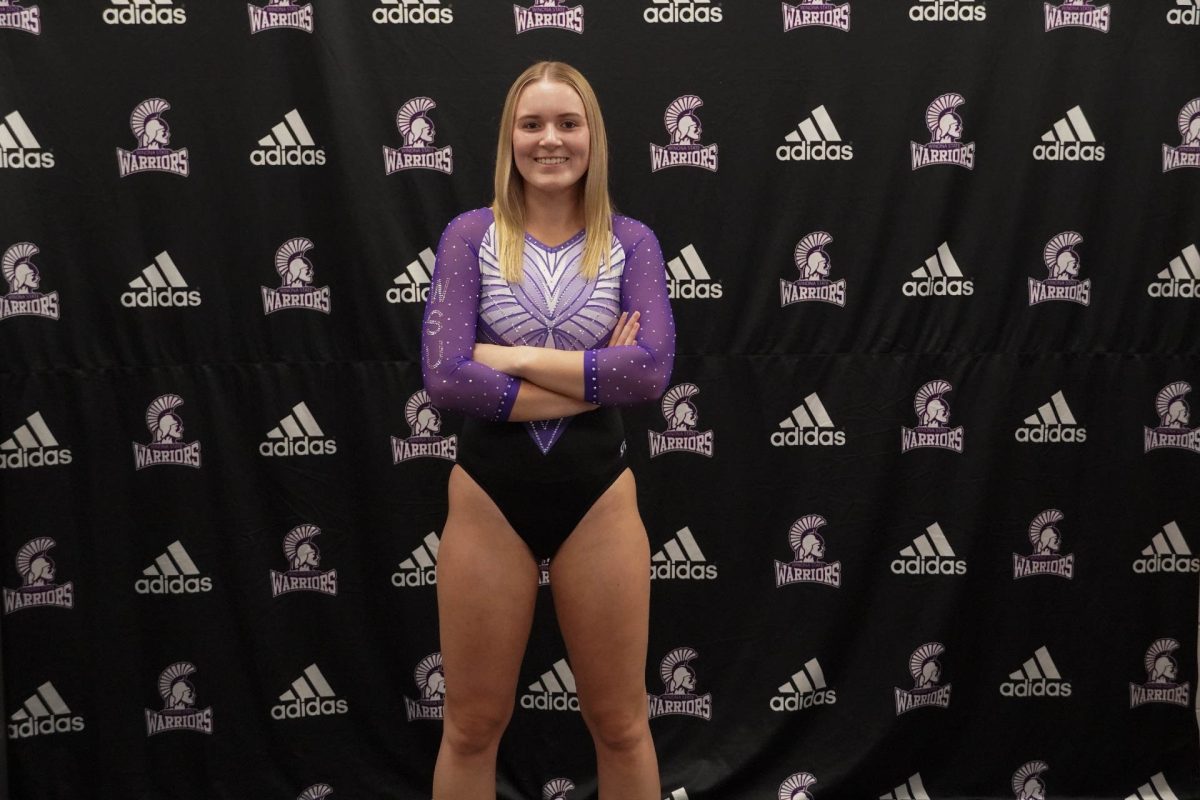Alexandria Carter/Winonan
In recent years concerns have been brought up regarding athletes and injuries sustained from playing a sport. This raises the question: What precautions do athletes take to avoid injuries in order to perform at the collegiate level, and how do athletic trainers help these athletes?
Jesus Cazares, a junior on Winona State’s baseball team, said fully stretching before practice or games can avoid injury.
“Whenever I feel any discomfort with my body, I make sure to let one of our trainers know,” Cazares said.
Nathan Mollan, a senior on Winona State University’s men’s cross-country team, also said stretching is very important. He added lifting is another way he prevents injury.
“As a team we make sure that we always warm up properly before a meet. You have to do the little things right,” Mollan said.
Stacey Czaplewski, head athletic trainer at Winona State, said the typical protocol when an athlete is injured during a game is an initial evaluation, where the athletic trainer determines if the athlete can return to play or not.
“Sometimes on the initial evaluations of injuries it might be that the game is over for them and do some follow up evaluations with them after the game to see if we need to refer them to a physician or we can treat them within our athletic training facility,” Czaplewski said.
Emily Meskan, a senior athletic training student, added, “Protocol between a game and practice are basically the same. We just have a little more time to make a decision during practice.”
Cazares suffered from a small back injury and severe ankle sprain in high school. He said he was dedicated to his recovery and met with his trainer everyday in addition to physical therapy to work toward recovery.
“I had to focus on the recovery process. It was difficult to focus at times, as I had more than just sports happening in my life,” Cazares said.
Mollan was injured the first day of his college athletic career, before he even made the cross-country team, with a severe ankle sprain.
“I missed time-trials and the first few weeks of practice. It was really scary actually because I didn’t know if I was cut out for college athletics,” Mollan said.
While he was working on getting healthy by staying off his ankle, icing and partaking in other forms of cardio to stay in shape, his fellow first-year teammates were bonding.
“I really didn’t get that initial connection. I still went to team dinners and other functions, but it was just a little harder,” Mollan said.
To help athletes through the process of getting back to taking part in their sport, junior athletic training major Callie Sitter said, “We help athletes get back to their natural range of movements. We make sure that what they do here will apply on the field.”
Czaplewski added, “Once we get beyond the acute stage of the injury, we do a lot of sports specific exercises.”
Czaplewski says after a player gets injured it varies from player to player on whether or not they change how they approach their sport.
“Physically, we can get them back to play at the ability they need to; however, sometimes what hinders them is the mental aspect.”
Although Cazares was injured he did not let it impact how he plays now or how he approaches the game.
“It has only encouraged me to get stronger to try to prevent further injuries,” he said.
Mollan, however, said since his injury he tends to be a little more cautious.
“It was kind of a wake up call. Like I need to do the necessary things in order to stay healthy and be a part of this team,” Mollan said.





























































